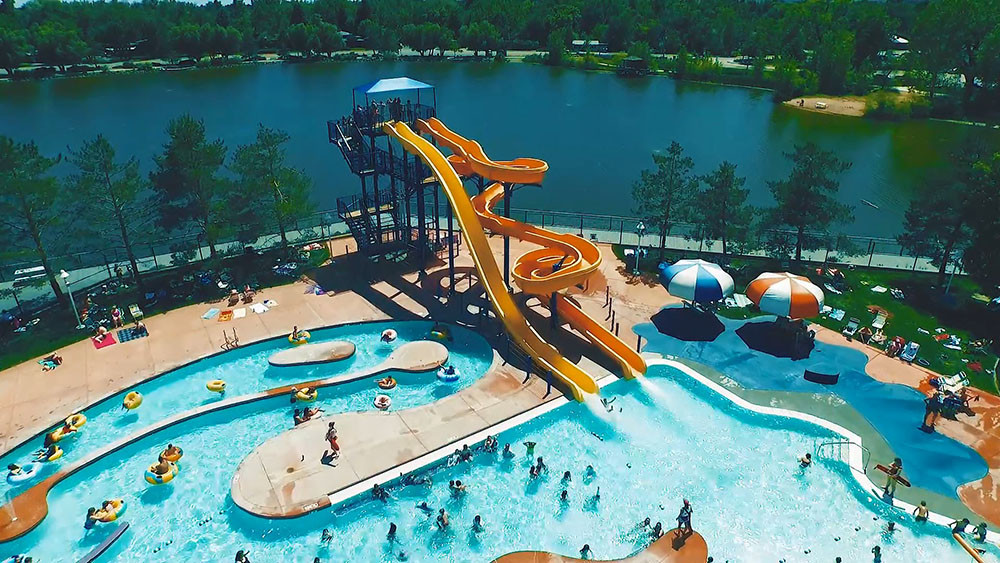
Having a swimming pool at home is the dream of almost everyone in modern times. The swimming pool at home is a symbol of stability, who else can have a private pool if not a rich person? In luxury housing, almost every house has a private pool.
Swimming pools at home are very useful especially if you have small children. Training a child to swim early can maximize bone growth in the future. You don’t need to train your child with a complicated swimming style, just teach a breaststroke or freestyle swimming pool.
But behind the luxury, the private pool also has a myriad of problems, one of which is maintenance that is not easy. This causes many people to use special services to clean their swimming pools.
If you find a swimming pool that has cloudy or colored water and smells of chlorine sting, it is certain that the pool is not suitable for use.
Dirty pools can cause itchy eyes and other skin diseases. In addition, dirty ponds are at risk of transmitting certain diseases that are transmitted through water.
HOW TO CARE FOR SWIMMING POOL
The swimming pool must be cared for regularly, regardless of whether or not it is used. If you feel objected to taking care of a swimming pool, you should just empty the water, because the water that stagnates can cause various diseases.
TREATING A TIME 1 TIME
- Give Algaecidae in the morning every once a week. This is useful for destroying algae (algae) without damaging pool tiles. This is an attempt to control algae contaminants in swimming pools.
- On the surface of the water the pool is usually found in small metal particles. You can remove these particles by adding special chemicals that can remove the metal from water.
- The cloudy water in the pond can be overcome by giving clarifier into the pond.
CARE FOR 2 TIMES
- pH level is the level of acidity (alkalinity) in water. The pH level in the swimming pool must be slightly alkaline, which is 7.2-7.6. Regulating the balance of pond water is very important so that there is no irritation or disturbance to the skin. The pH level of 7.2 – 7.6 can make chlorine work effectively. You can add muriatic acid or baking soda. You add the ingredients only if the water is too acidic or too alkaline. In addition to damaging the skin, the wrong acid level can also damage swimming pool equipment.
- Swimming pool sanitation is the process of sterilizing ponds from algae and bacteria that can be destroyed. A dirty swimming pool can potentially be a breeding ground for bacteria. Algae and Bacteria can be removed with chlorine. While bromine is commonly used to sterilize swimming pools. Chlorine is available in the form of tablets, liquids or granules. One swimming pool requires around 1.0-3.0 ppm of chlorine. Chlorine levels are not constant, so you should add 3-4 times daily chlorine to keep the amount of chlorine constant.
- Other debris such as bird droppings, deciduous leaves, plastic waste and others must be cleaned using a net. Pool tiles must also be routinely cleaned so that there are no stains.
ONCE A MONTH
- Low calcium levels can cause water to become corrosive. This causes the examination of calcium to be quite important
- The right level of acidity can prevent sudden changes in the pH level of pond water. The mandatory standard of acidity is 80-120 ppm, if excess can be added baking soda to balance.
For those of you who have a private pool, cleaning the pool is a pretty annoying thing. You have to spend a lot of time, especially if you have to brush the pool tiles. The solution is to use helpers or call pool cleaning services.
But the advantage of having a private swimming pool is that you can train your child to swim from an early age, who knows later that your child can become a swimming athlete who has the name of the nation.